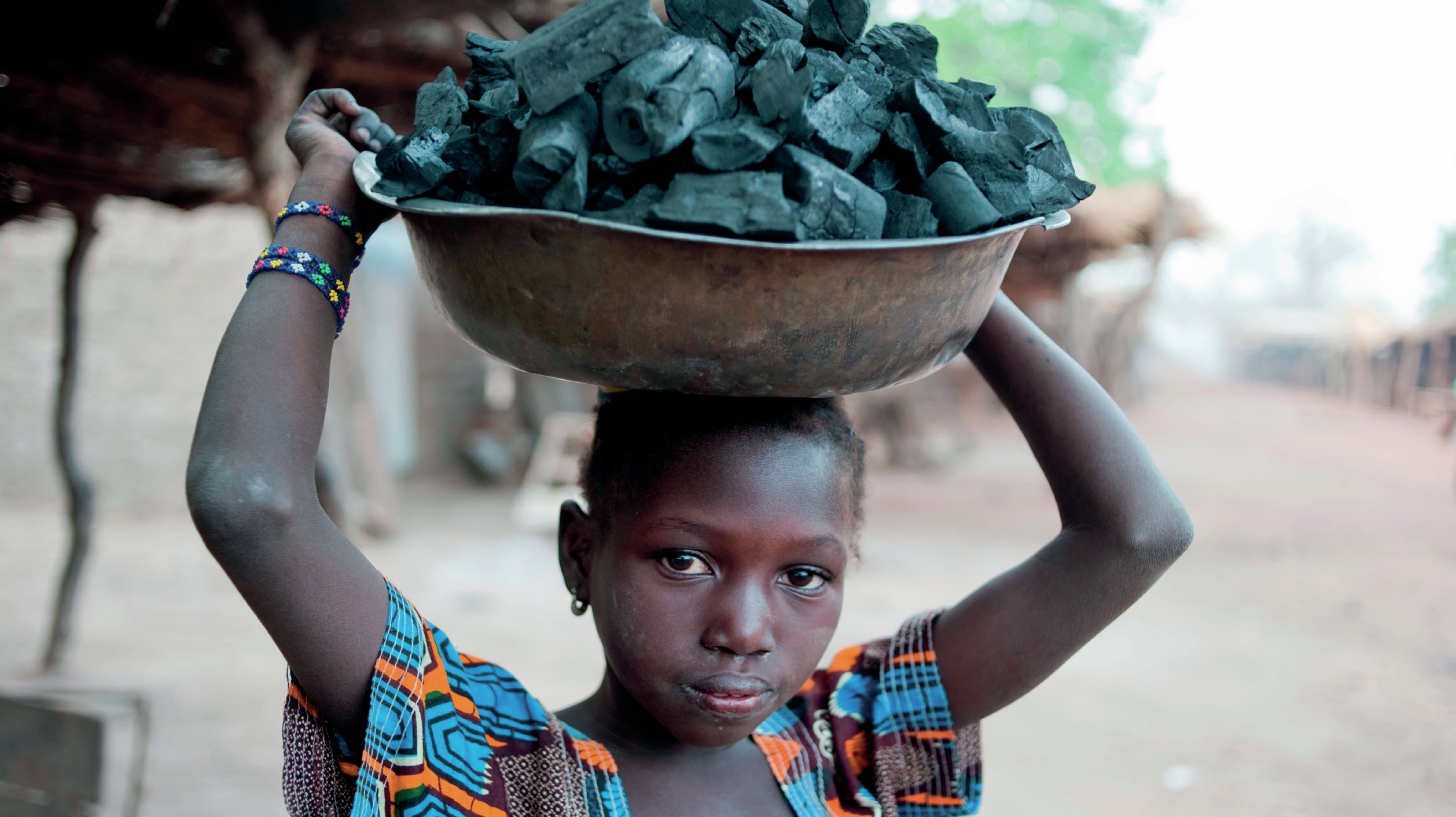
In most countries of sub-Saharan Africa few people have access to electricity. There is no national grid in rural areas as we have in the UK. Cities have an electricity grid but poorer people cannot afford to connect to it. For cooking, over 90% of the population depends on ‘traditional biomass’ such as firewood, charcoal, crop residues and dung (Figure 1). The population in rural areas mainly relies on firewood as fuel, while the urban population tends to use charcoal for cooking.
The region has a number of environmental problems caused by a combination of factors such as increasingly unreliable weather conditions, growth of agriculture, unsustainable agricultural practices and high population growth. These have led to increasing water scarcity, declining soil quality and depletion of forested areas.
Your organisation does not have access to this article.
Sign up today to give your students the edge they need to achieve their best grades with subject expertise
Subscribe




